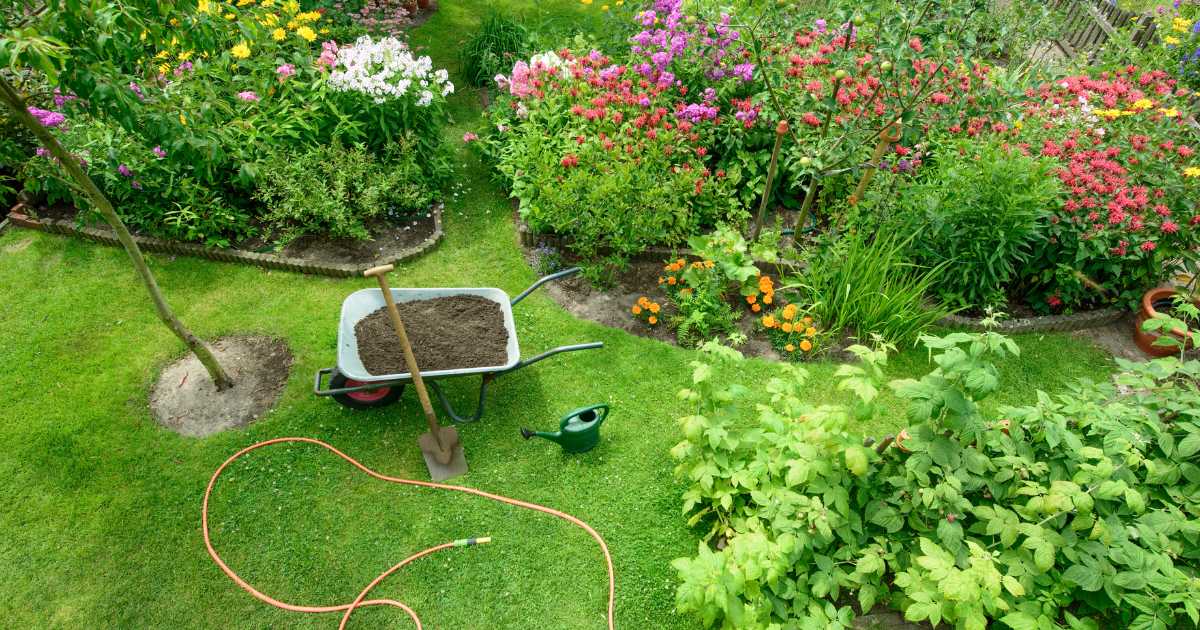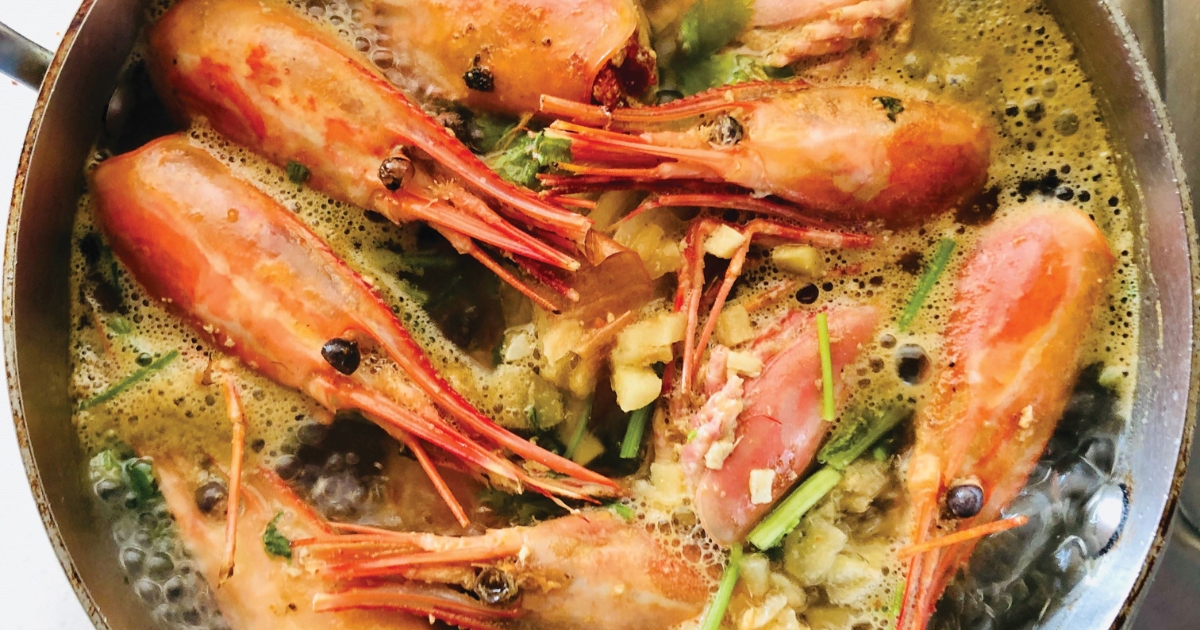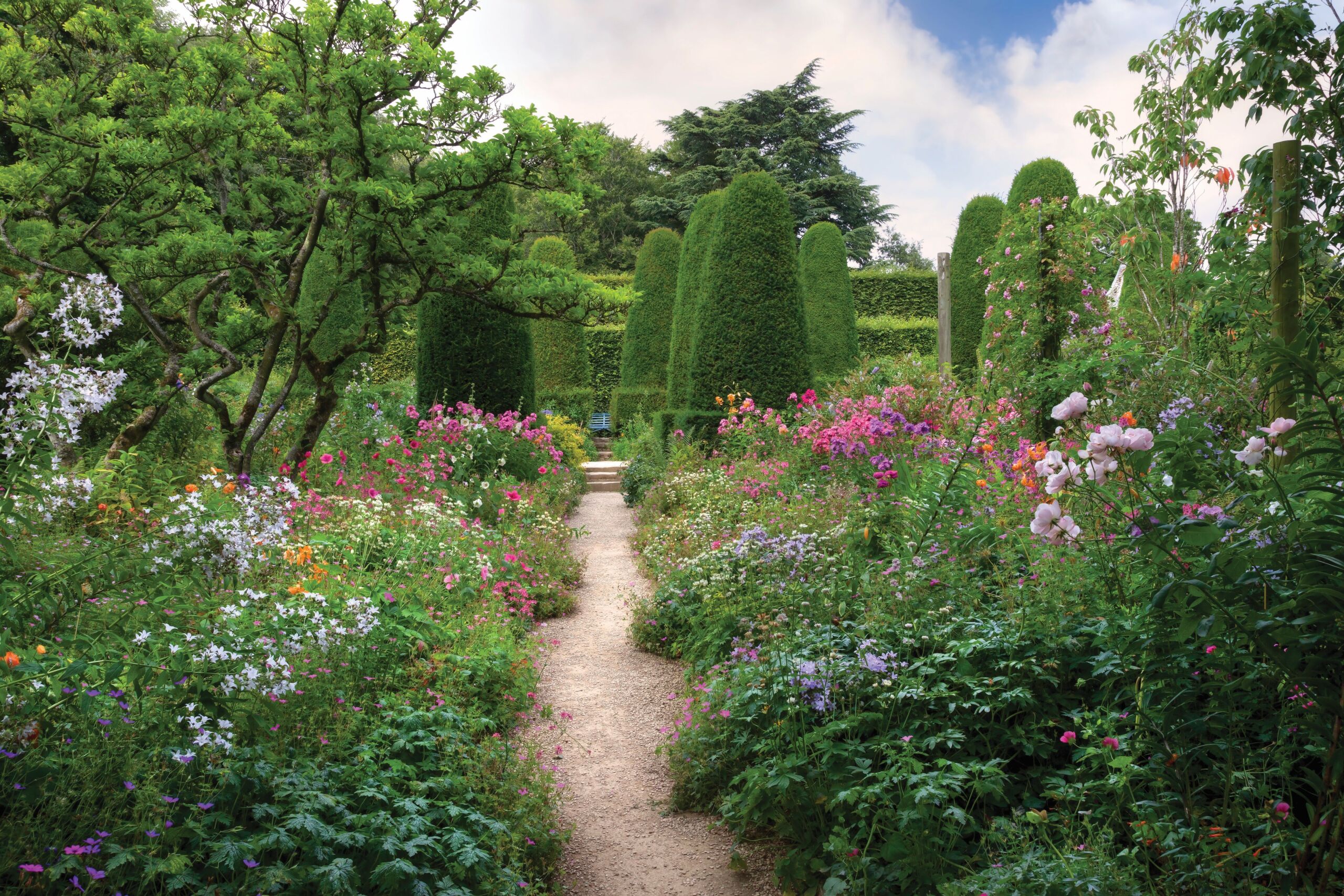How to Start a New Garden Bed
The year 2022 has been declared the Year of the Garden, and rightly so, as many Canadians are looking to add more gardens to their lives. For us, that means adding more planting square footage by creating new beds.
A planting bed is the foundation of any new garden you decide to create, whether it is to grow vegetables or to attract pollinators. An existing lawn is a great place to locate your new bed, as grass is not productive in the yard for much more than walking on. Besides, it will be easier to dig up old sod than your driveway.
Click here for the full story.

How to Grow Spring Bulbs
There are spring bulbs and summer bulbs. Spring bulbs are planted in the fall, and “spring” is refers to when they bloom, like tulips, daffodils and fragrant hyacinths. Summer bulbs are planted in the spring, bloom in the summer, and include popular flowering plants like dahlias and gladiolas.
In September, the spring- flowering bulbs arrive at garden retailers. In Canada, the sale of these bulbs has increased in recent years. Unlike many plants that are available at garden retailers, the availability of spring-flowering bulbs is dependent on the one major shipment that arrives here from the Netherlands (mostly from
the region of Holland) in August.
There are seldom opportunities for Canadian retailers to reorder bulbs once they are sold out. For this reason, it is always a good idea to shop in September, even if you do not intend to plant your bulbs until later in the fall season. Bulbs store well in a cool, dry and dark place — why the master marketers of bulbs in Holland call them “nature’s miracle.”
A bulb provides most of the nourishment that the plant needs to sustain growth come spring, and the energy to produce the flower. This is why it is not necessary or even recommended (by us) that you fertilize bulbs at the time of planting. The other reason that flower bulbs may qualify in the “miracle” department is that they are foolproof. We fuss about planting them with the “pointy side up,” but if you plant them upside down, they will usually grow and flower anyway (maybe a little shorter, though) because nature has designed them
to seek the sun come spring.
Click here for the full story.

12 Reasons to Plant a Tree
According to the United Nations Environment Programme, approximately 12 million hectares of forest are destroyed annually. And this deforestation, together with agriculture and other land-use changes, is responsible for roughly 25% of global greenhouse gas emissions.
We can all play a part in reversing this trend by planting trees individually or as part of a collective. For example, Trees for Life is a national charity committed to inspiring, funding and mobilizing community-led tree-planting initiatives across Canada. And not just any trees — the organization is committed to planting resilient native trees and shrubs to support local biodiversity and ecosystems. Our birds and pollinators depend on native species for their food and shelter.
According to Tree Canada, a tree that lives to 100 years old in a typical Canadian forest can sequester anywhere between 370 and 460 kg of CO2 over its lifetime. To put that into perspective, that is the same amount of carbon emitted from an 850 km drive in a compact car.
— treecanada.ca
Click here for the full story.
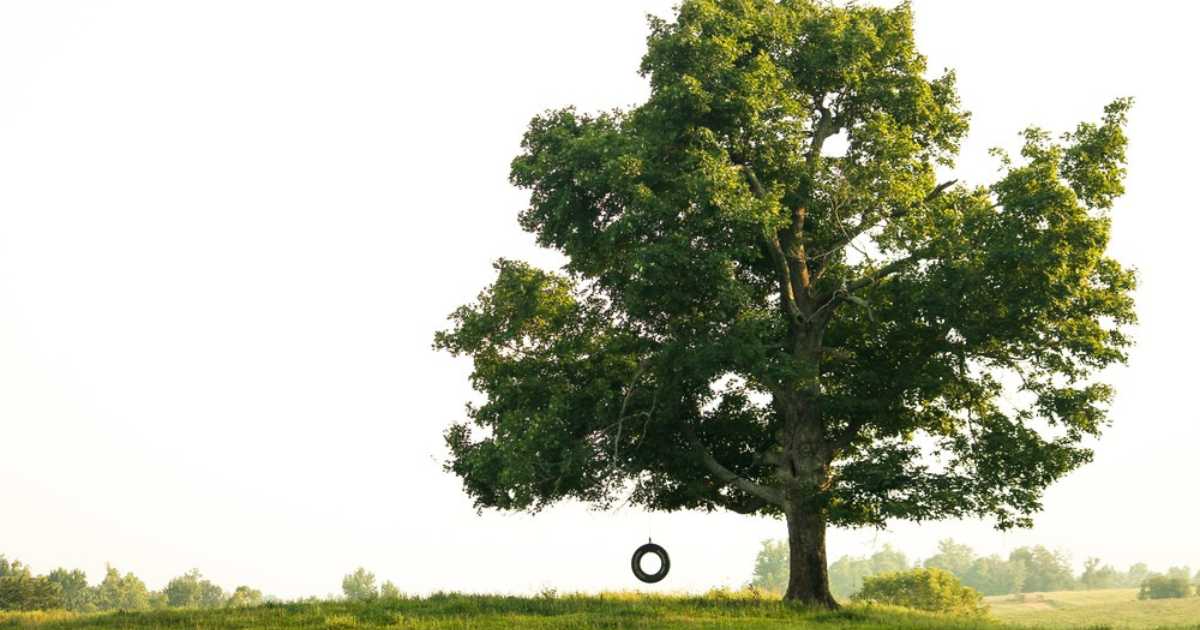
The Benefits of Trees
- Trees produce oxygen. One large tree, like a maple or an oak, can provide a day’s supply of oxygen for up to four people.
- Trees filter pollutants and absorb carbon dioxide.
- Trees help save energy by providing shade to cool our homes in the summer and shelter them from cold
in the winter. - Trees cool our cities and our playgrounds by providing shade and helping to reduce the amount of heat absorbed by materials like concrete and asphalt.
Click here for the full story.
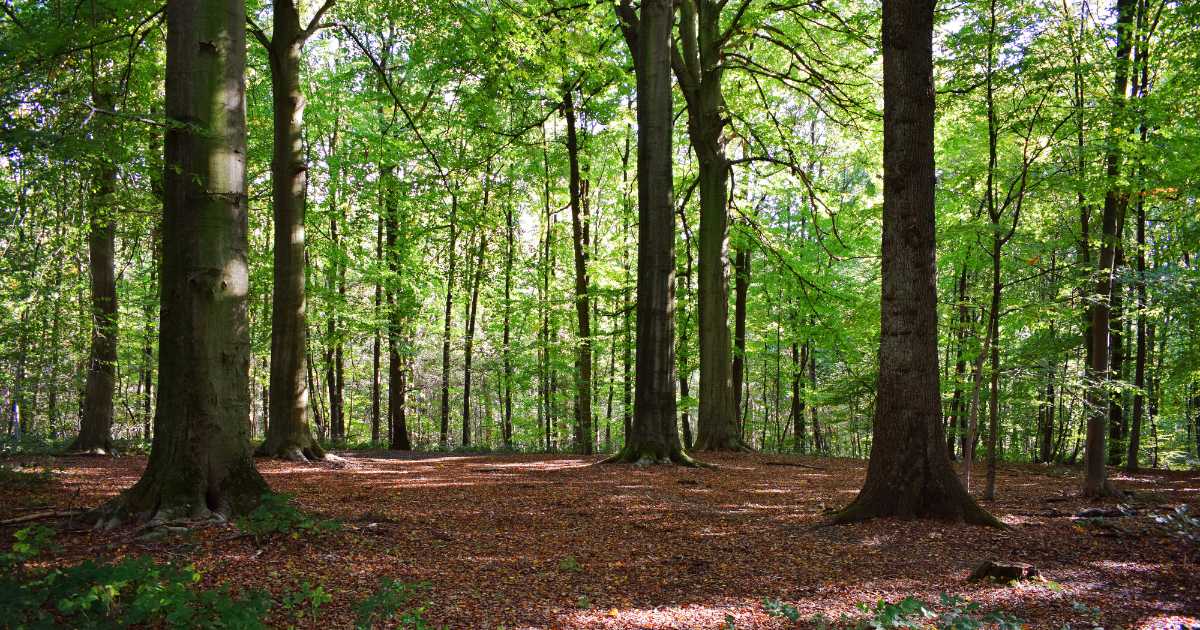
Companion Planting in the Vegetable Garden
While friendship is considered a finer human trait possessed by few other animal species, some plants play well together. “Companion planting” has a long history going back to many First Nations of present-day North America. Corn, beans and squash are a famous combination: corn for height; beans, which climb the corn while fixing nitrogen into the soil; and squash with their big leaves to form a canopy that shades out weeds below.
In the Canadian Prairies, Cullen’s Foods organic farmers interplant chickpeas with flaxseed, which allows the flax to grow in drier areas while reducing the disease pressure on the chickpeas. Chickpeas also require drought to form proper pods, and flax will compete for water resources while crowding out weeds, causing just the right amount of stress for the chickpeas.
In our backyard vegetable gardens, tomato and basil are a favourite combination. Basil tolerates the partial shade created by tomatoes in the heat of summer, and basil is said to protect against pests. While the science is not fully proven, we find that the culinary combination of basil and tomato is reason enough to put these two together. If you have ever enjoyed fresh tomatoes with homemade pesto, you know what we are talking about.
With their aggressive roots and shady canopies, trees can present problems for gardeners, though they are a challenge we have both embraced in our current yards. Just this year, Ben crammed four shade trees into his small urban yard. The trick to integrating trees into a landscape is pairing them with the understorey shrubs and woodland plants you would find them with in the wild. A collection of native ferns will perform well around a dogwood, which will, in turn, tolerate the dappled shade of a mature oak to create a balanced natural landscape. Put together enough friendly plants, and you will find yourself at a garden party.
Click here for the full story.
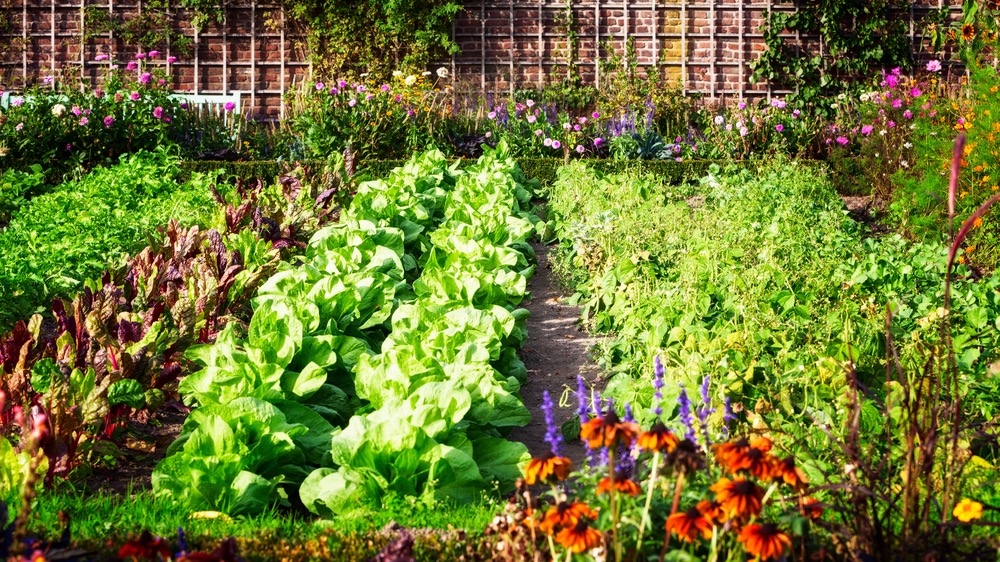
How to Grow a Lush Lawn
When you look at your lawn, you do not likely see an agricultural crop. But to many people who are employed in the turf business, that is exactly what it is.
Grass is a cool-season crop. It thrives in most parts of Canada as temperatures begin to drop and day length shortens. During the third week of September last year, Mark laid 500 square metres of sod at his new home. He chose that time intentionally, and the results proved that his timing was spot on — every inch of his new lawn took root and bounced back in fine shape come spring.
The secret to healthy turf is the treatment that you give it in the fall. The most important application of fertilizer is in late autumn, when grass plants are naturally storing up sugars to sustain them through the long winter months.
Whether you choose a natural product or a synthetic one, your lawn will thank you for your investment by bouncing back in the spring with a minimum of snow mould and winter kill. Look for a fertilizer product that is specially formulated for fall application.
Click here for the full story.
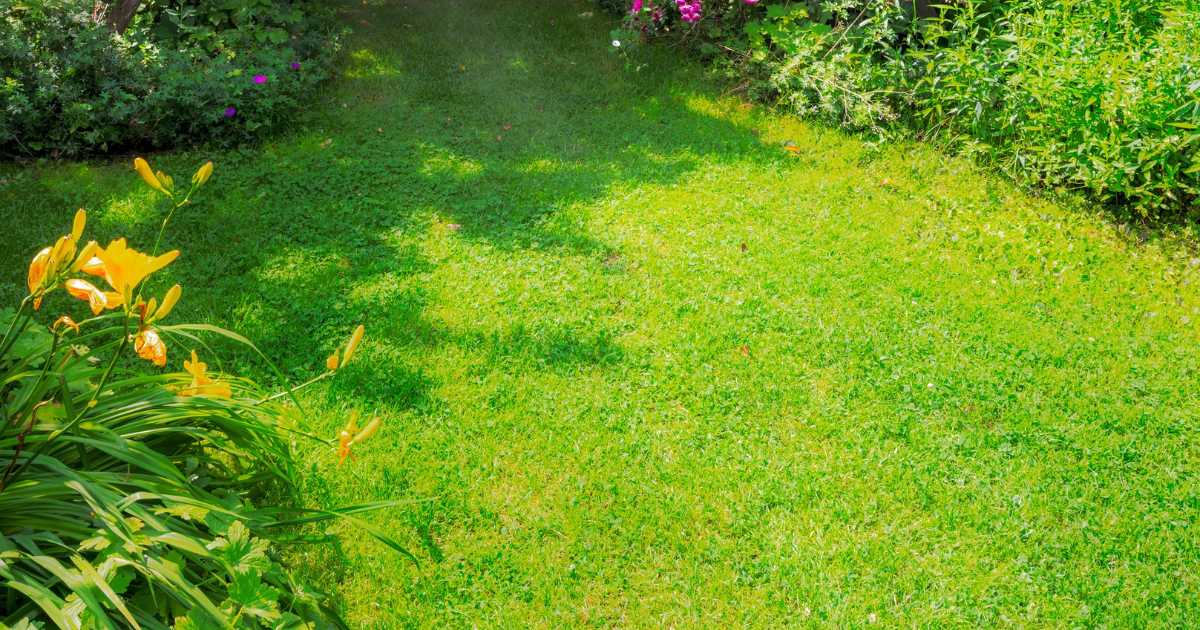
Mark Cullen is an expert gardener, author, broadcaster and tree advocate
and holds the Order of Canada. His son, Ben, is a fourth-generation
urban gardener and a graduate of the University of Guelph and Dalhousie
University in Halifax. Follow them at markcullen.com, @MarkCullen4
(Twitter) and @markcullengardening (Facebook) and look for their latest book, Escape to Reality.
Follow them at markcullen.com, @MarkCullen4, facebook.com/markcullengardening and biweekly on Global TV’s national morning show, The Morning Show.

